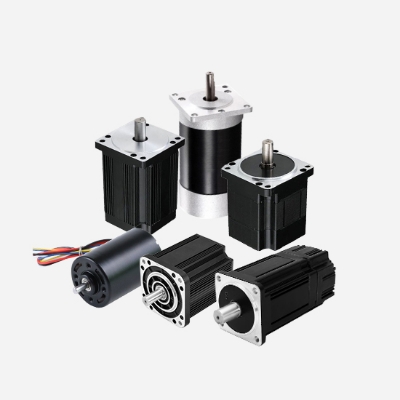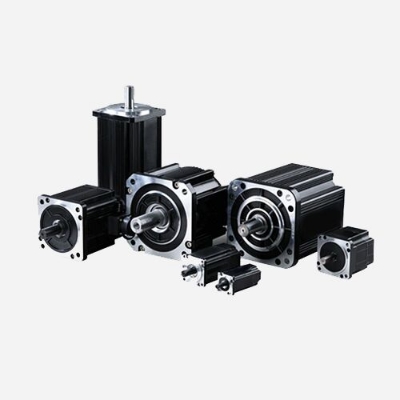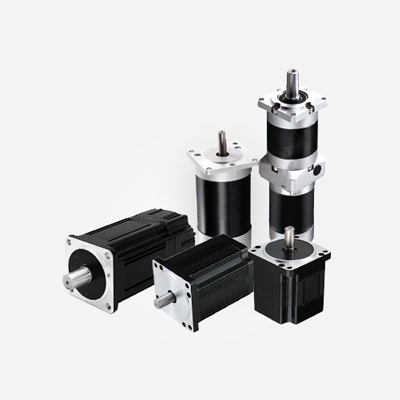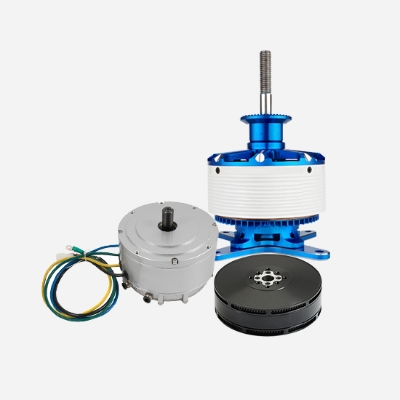In general, both sensor and sensorless brushless motors have advantages and disadvantages. When both are up and running, it can be difficult for even an experienced driver to notice the difference. Depending on your preference, you will have to choose the right one for your RC car between these two types of motors. However, using a sensorless motor for crawling may not be ideal because it requires a lot of speed control. In terms of compatibility, it is also important to note that you can use a sensor motor on a sensorless ESC, but not a sensorless motor on a sensor ESC.
A sensored brushless motor is one of those brushless motors with position sensors. These position sensors feed position information back to the controller, which can then be used to ensure that the drive pattern transmitted to the controller is perfectly synchronized with the rotor position. Different sensor motors may set up the sensors in different ways, so it is important to always be aware of this when setting up the controller. Still, typically these sensors are arranged at 60 or 120-degree intervals.
A brushless motor is also called DC variable frequency motor (BLDC) in some fields. It adopts an electronic commutation (Hall sensor), and the coil (armature) does not move the magnetic pole. At this time, the permanent magnet can be outside the coil or inside the coil, so there is a distinction between an outrunner DC brushless motor and an inrunner brushless DC motor.
Before connecting the DC brushless motor to the gearbox, the keyway of the motor shaft should be perpendicular to the fastening bolt. To ensure even force, turn any diagonal mounting bolts first, but do not tighten them, then turn the other two diagonal mounting bolts and tighten the four mounting bolts one by one. Tighten the tensioning bolts. All mounting bolts need to be secured according to the mounting torque data shown and checked with a torque wrench
Nowadays, many automation equipment manufacturers have begun to pay attention to DC brushless motors and use them to replace previous low-efficiency, noisy, and high-power motors, such as AC induction motors, stepper motors, etc. Everyone wants to know whether the brushless DC motor and the brushed DC motor can rotate when they are energized. the answer is negative. Because the brushless DC motor must be equipped with a corresponding controller (driver) to rotate, which is determined by the structure and principle of the brushless DC motor.
A Hall current sensor is essentially a sensor based on the principle of Hall current. When a conductor or semiconductor with current flowing in one direction is introduced perpendicular to the magnetic field, the current that obtains a measurable voltage is called Hall current. Simply put, when a magnetic field is applied in a direction perpendicular to the flow of current, a voltage is created across an electrical conductor. A Hall current sensor is a solid-state device that applies this principle to determine the position, velocity, and various other properties needed to effectively operate a brushless DC motor.
In the sensored brushless, the sensored refers to the "Hall sensor", so what is the "Hall"? Hall refers to the Hall effect. When the current passes through the conductor perpendicular to the external magnetic field, there will be a potential difference between the two end faces of the conductor perpendicular to the magnetic field and the current direction. This phenomenon is the Hall effect. This potential difference is also called the Hall potential difference. Simply put, through the Hall sensor, the brushless driver can clearly know the position of the rotor of the brushless motor.
About brushless motor power calculation, there is a formula to follow, whether it is brushless motor or other types of motors, all motors, must be involved in the parameters of power, speed, torque, with a reducer, then you also need to consider the reduction ratio. From the motor power, torque, and speed of these parameters, you can calculate the required parameters according to the formula, such as power * 9.8NM / speed = torque, and vice versa, torque * speed / 9.8 = motor power.
In BLDC motors, the phase windings are distributed in a trapezoidal fashion to generate a trapezoidal BEMF waveform. The commutation technique generally used is trapezoidal or called block commutation of only two phases at any given point in time. Another method of motor commutation is called sinusoidal commutation, where all three phases will be performed at any given point in time. PMSM motors are also interchangeably referred to as BLDC motors with windings that are distributed in a sinusoidal manner that lends itself to this sinusoidal type of commutation. The torque produced by a PMSM motor is smooth compared to a BLDC motor, which produces more fluctuations in torque. However, PMSM motors produce less peak torque than BLDC motors.
A brushless DC motor consists of motor body and driver, which is a typical mechatronic product. Since the brushless DC motor operates in a self-controlled manner, it does not add another starting winding to the rotor like a synchronous motor that starts under heavy load with frequency regulation, nor does it produce oscillation and lost step when the load changes suddenly.




